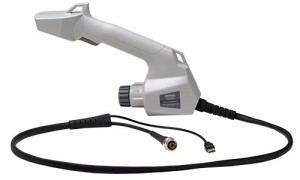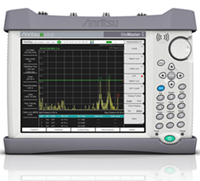
Interference Analysis & Location mapping Services
Background on Interference Analysis
Spotting Interference or What are you looking for?
As wireless services grow, interference, once uncommon, becomes a fact of life for wireless and broadcast services. A metropolitan area of a million people may have 1000 licensed two way radios, 600 cell sites, and 100 broadcasters. To this mix, add military, aeronautical, and emergency services. And then there are all the lower powered unlicensed signals such as Wi-Fi or wireless video cameras. If you consider that many of these services are expanding, being modified, ageing, or failing, it becomes evident that interference will be an issue.
First Indicators
The first indicators of interference are noisy links, for analogue systems. Legacy AM and FM systems indicate interference problems by various noises. Hiss, hum, or even voices from other transmissions can be heard. For digital transmissions, such as HDTV, cellular, or P25, interference shows up as limited range, dropped calls, or low data rate. That familiar waterfall sound on your cellular phone indicates poor reception and a high bit error rate, which might be caused by interference.
A second indicator of interference is a high noise floor in the receive channel. Interference naturally affects reception first, where the signal levels are normally small. Some radio systems, cellular systems in particular, monitor the receive noise floor level specifically to detect poor reception conditions. Broadcasters, who don’t receive, rely on customer complaints and field measurements instead.
A high receive noise floor is the diagnostic for interference. This warrants an interference hunt and identifies the geographic starting point.
Interference Analysis Audit Service Overview
This Service will include survey analysis and attempted Location mapping. The Data Edge test engineer is typically accompanied by one of the operators experienced network or planning engineers with local experience.
Resource Library
Typical equipment used is ;
Interference Hunter Antenna;
Handheld InterferenceHunter MA2700A

Spectrum Analyser
Spectrum Master Handheld Spectrum Analyzer MS2712E
For more information on our Interference
Analysis Services contact us on +353 1 2866777

